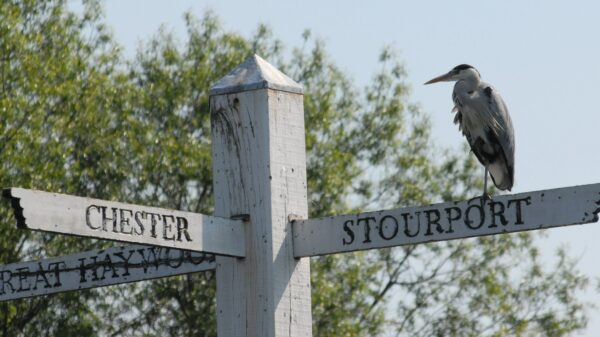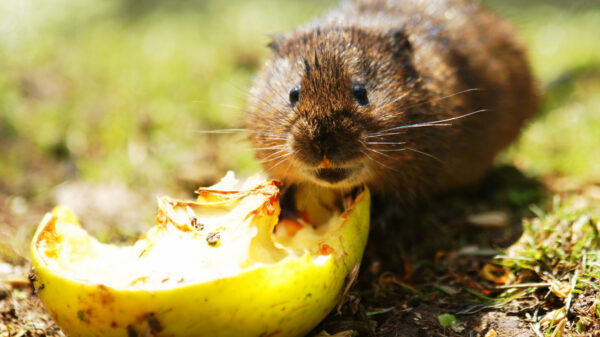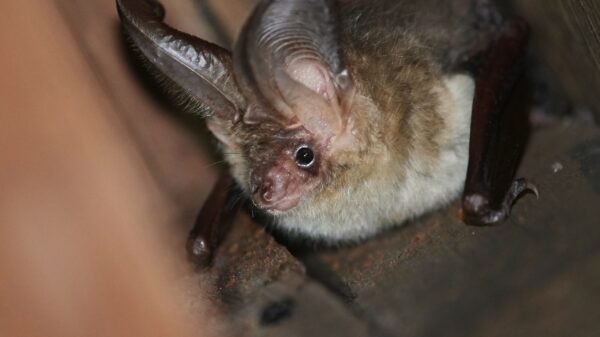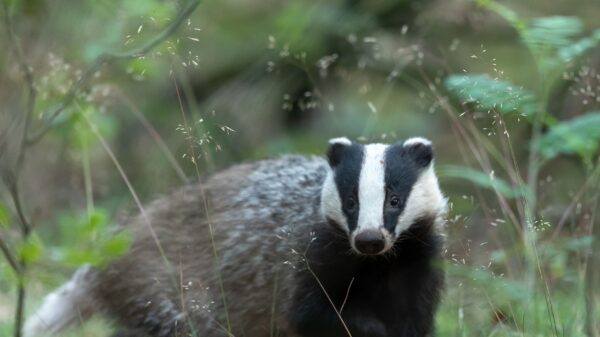Restoration Hub > Environmental Toolkit > Protected Species European and National Legislation
Restoration Hub
Protected Species European and National Legislation
The European and the National Legislation of England and Wales relevant to nature conservation are as follows:
- The Wildlife and Countryside Act 1981 (as amended);
- The Conservation (Natural Habitats, &c.) Regulations 1994 (the Habitats Regulations) as amended 2012;
- The Countryside and Rights of way Act 2000 (CROW);
- The Natural Environment and Rural Communities Act 2006 (NERC).
The Wildlife and Countryside Act 1981 (as amended) is the principal legislation affording protection to UK wild birds. Under this legislation all birds, their nests and eggs are protected by law and it is an offence, with certain exceptions to recklessly or intentionally:
- Kill, injure or take any wild bird;
- Take, damage or destroy the nest of any wild bird while in use or being built;
- Take or destroy the egg of any wild bird.
Species listed on Schedule 1 of the Wildlife and Countryside Act 1981 (as amended) are specially protected at all times.
The Convention on the Conservation of European Wildlife and Natural Habitats (Bern Convention) and Council Directive 79/409/EEC on the conservation of wild birds (Birds Directive) in Great Britain have now been replaced by Directive 2009/147/EC of the European Parliament and of the Council of 30 November 2009 on the conservation of wild birds (codified version).
In addition to statutory protection, some bird species are classified according to their conservation status, such as their inclusion on the Red and Amber lists of Birds of Conservation Concern (BoCC) in the UK:
- Red list (high conservation concern) species are those that are Globally Threatened according to IUCN criteria; those whose population has declined rapidly (50% or more) in recent years; and those that have declined historically and not shown a substantial recent recovery.
- Amber list (medium conservation concern) species are those with an unfavourable conservation status in Europe; those whose population or range has declined moderately (between 25% and 49%) in recent years; those whose population has declined historically but made a substantial recent recovery; rare breeders; and those with internationally important or localised populations.
- Green list (low conservation concern) species fulfil none of the above criteria.
The Conservation (Natural Habitats, & c.) Regulations 1994 developed the Habitats Directive into national law. The regulations came into force on 30 October 1994 and have been subsequently amended several times. They apply to land and to territorial waters out to 12 nautical miles from the coast.
The Conservation of Habitats and Species Regulations 2012 consolidate all the various amendments made to the 1994 Regulations in respect of England and Wales. Relevant species which receive protection under this legislation include great crested newts, dormice and all species of bat. Protection extends to the habitat used by such species as well as the species themselves.
Our use of cookies
We use necessary cookies to make our site work. We'd also like to set optional analytics cookies to help us improve it. For more detailed information about the cookies we use, see our 'Cookie Policy page'.Edit preferences Accept
Privacy Overview
| Cookie | Duration | Description |
|---|---|---|
| __stripe_mid | 1 year | Stripe sets this cookie to process payments. |
| __stripe_sid | 30 minutes | Stripe sets this cookie to process payments. |
| cookielawinfo-checkbox-advertisement | 1 year | Set by the GDPR Cookie Consent plugin, this cookie records the user consent for the cookies in the "Advertisement" category. |
| cookielawinfo-checkbox-analytics | 1 year | Set by the GDPR Cookie Consent plugin, this cookie records the user consent for the cookies in the "Analytics" category. |
| cookielawinfo-checkbox-functional | 1 year | The GDPR Cookie Consent plugin sets the cookie to record the user consent for the cookies in the category "Functional". |
| cookielawinfo-checkbox-necessary | 1 year | Set by the GDPR Cookie Consent plugin, this cookie records the user consent for the cookies in the "Necessary" category. |
| cookielawinfo-checkbox-others | 1 year | Set by the GDPR Cookie Consent plugin, this cookie stores user consent for cookies in the category "Others". |
| cookielawinfo-checkbox-performance | 1 year | Set by the GDPR Cookie Consent plugin, this cookie stores the user consent for cookies in the category "Performance". |
| CookieLawInfoConsent | 1 year | CookieYes sets this cookie to record the default button state of the corresponding category and the status of CCPA. It works only in coordination with the primary cookie. |
| PHPSESSID | session | This cookie is native to PHP applications. The cookie stores and identifies a user's unique session ID to manage user sessions on the website. The cookie is a session cookie and will be deleted when all the browser windows are closed. |
| Cookie | Duration | Description |
|---|---|---|
| _fbp | 3 months | Facebook sets this cookie to display advertisements when either on Facebook or on a digital platform powered by Facebook advertising after visiting the website. |
| _ga | 1 year 1 month 4 days | Google Analytics sets this cookie to calculate visitor, session and campaign data and track site usage for the site's analytics report. The cookie stores information anonymously and assigns a randomly generated number to recognise unique visitors. |
| _ga_* | 1 year 1 month 4 days | Google Analytics sets this cookie to store and count page views. |
| _gat_gtag_UA_* | 1 minute | Google Analytics sets this cookie to store a unique user ID. |
| _gat_UA-* | 1 minute | Google Analytics sets this cookie for user behaviour tracking.n |
| _gid | 1 day | Google Analytics sets this cookie to store information on how visitors use a website while also creating an analytics report of the website's performance. Some of the collected data includes the number of visitors, their source, and the pages they visit anonymously. |
| CONSENT | 2 years | YouTube sets this cookie via embedded YouTube videos and registers anonymous statistical data. |
| Cookie | Duration | Description |
|---|---|---|
| test_cookie | 15 minutes | doubleclick.net sets this cookie to determine if the user's browser supports cookies. |
| VISITOR_INFO1_LIVE | 5 months 27 days | YouTube sets this cookie to measure bandwidth, determining whether the user gets the new or old player interface. |
| YSC | session | Youtube sets this cookie to track the views of embedded videos on Youtube pages. |
| yt-remote-connected-devices | never | YouTube sets this cookie to store the user's video preferences using embedded YouTube videos. |
| yt-remote-device-id | never | YouTube sets this cookie to store the user's video preferences using embedded YouTube videos. |
| yt.innertube::nextId | never | YouTube sets this cookie to register a unique ID to store data on what videos from YouTube the user has seen. |
| yt.innertube::requests | never | YouTube sets this cookie to register a unique ID to store data on what videos from YouTube the user has seen. |






